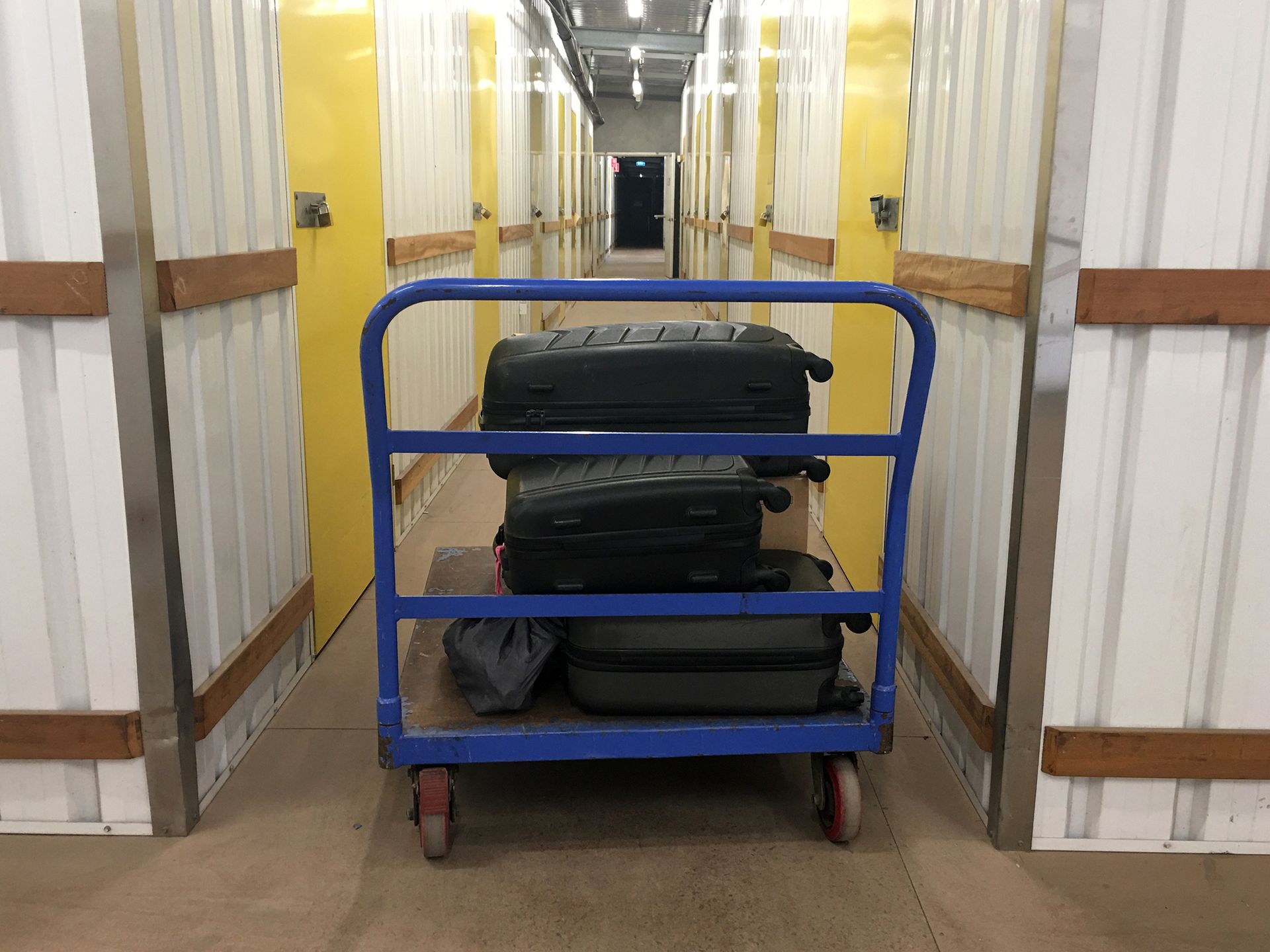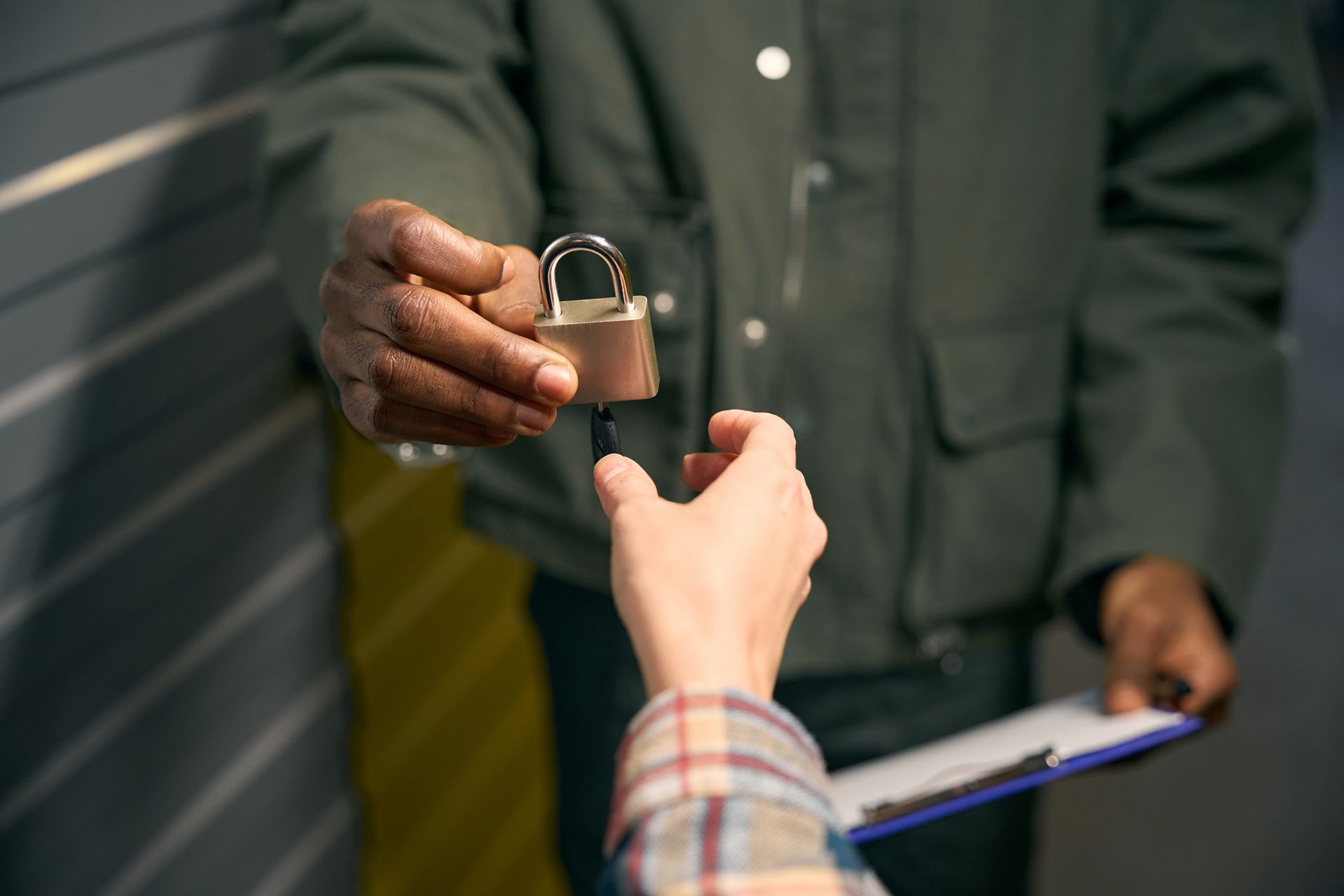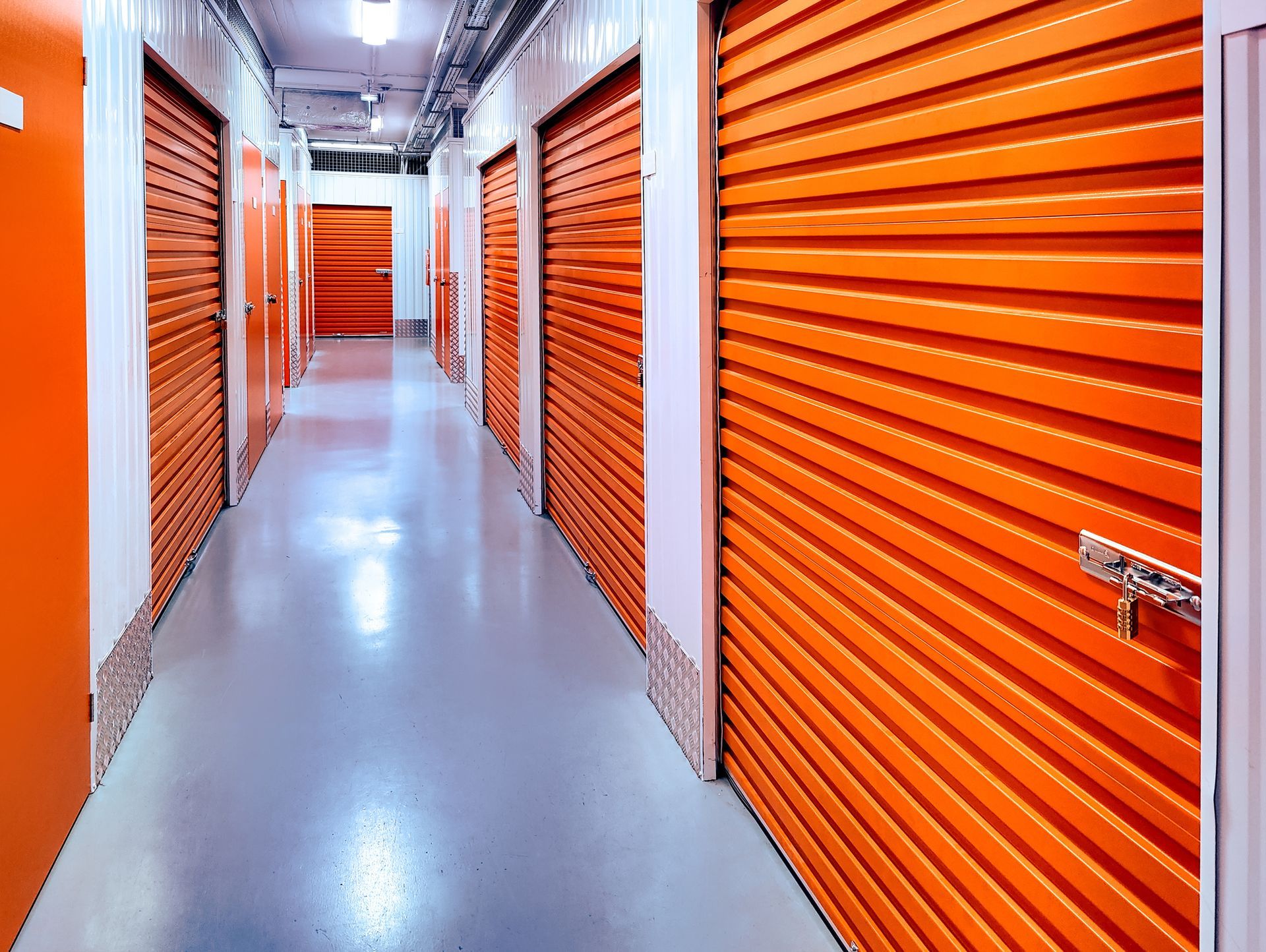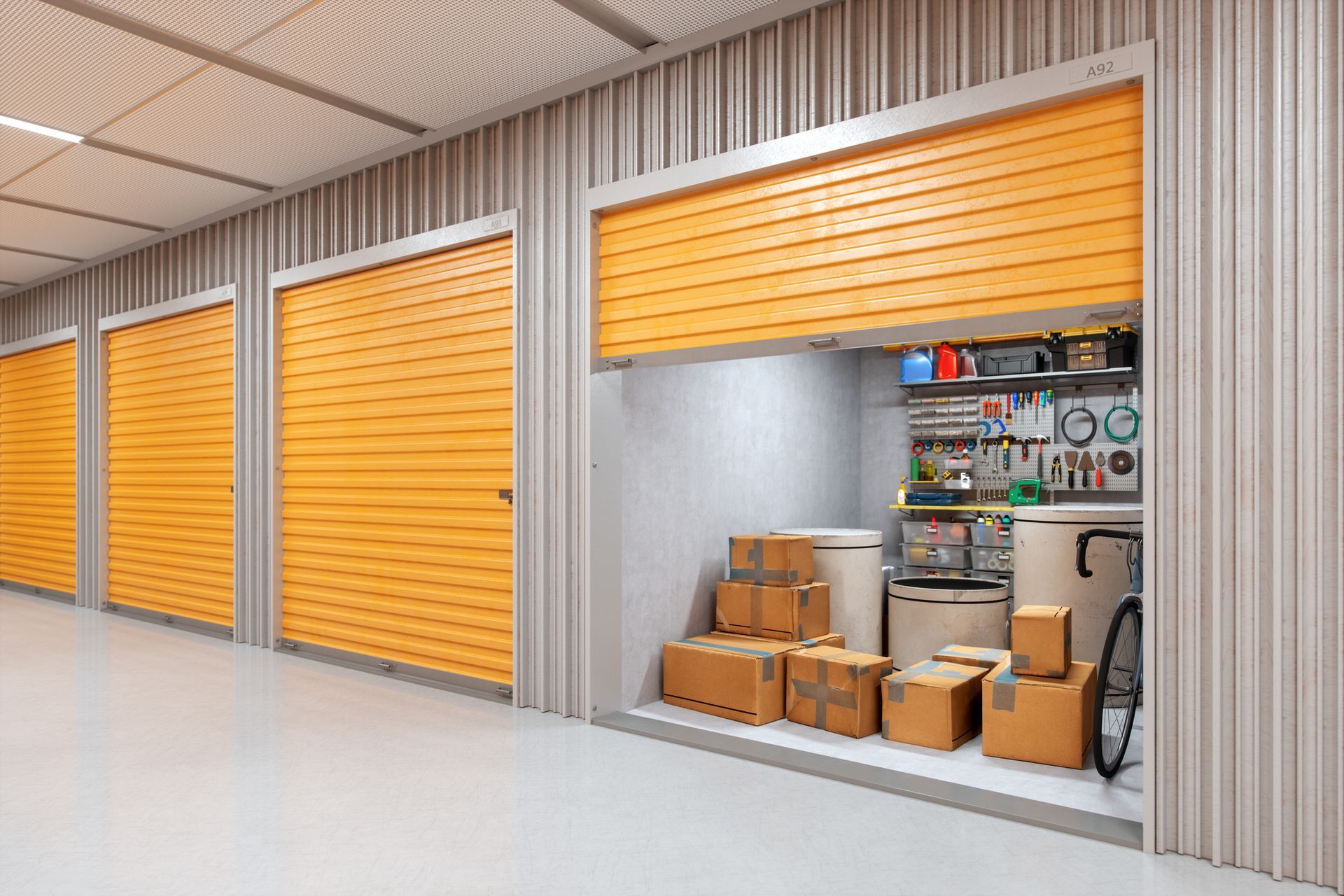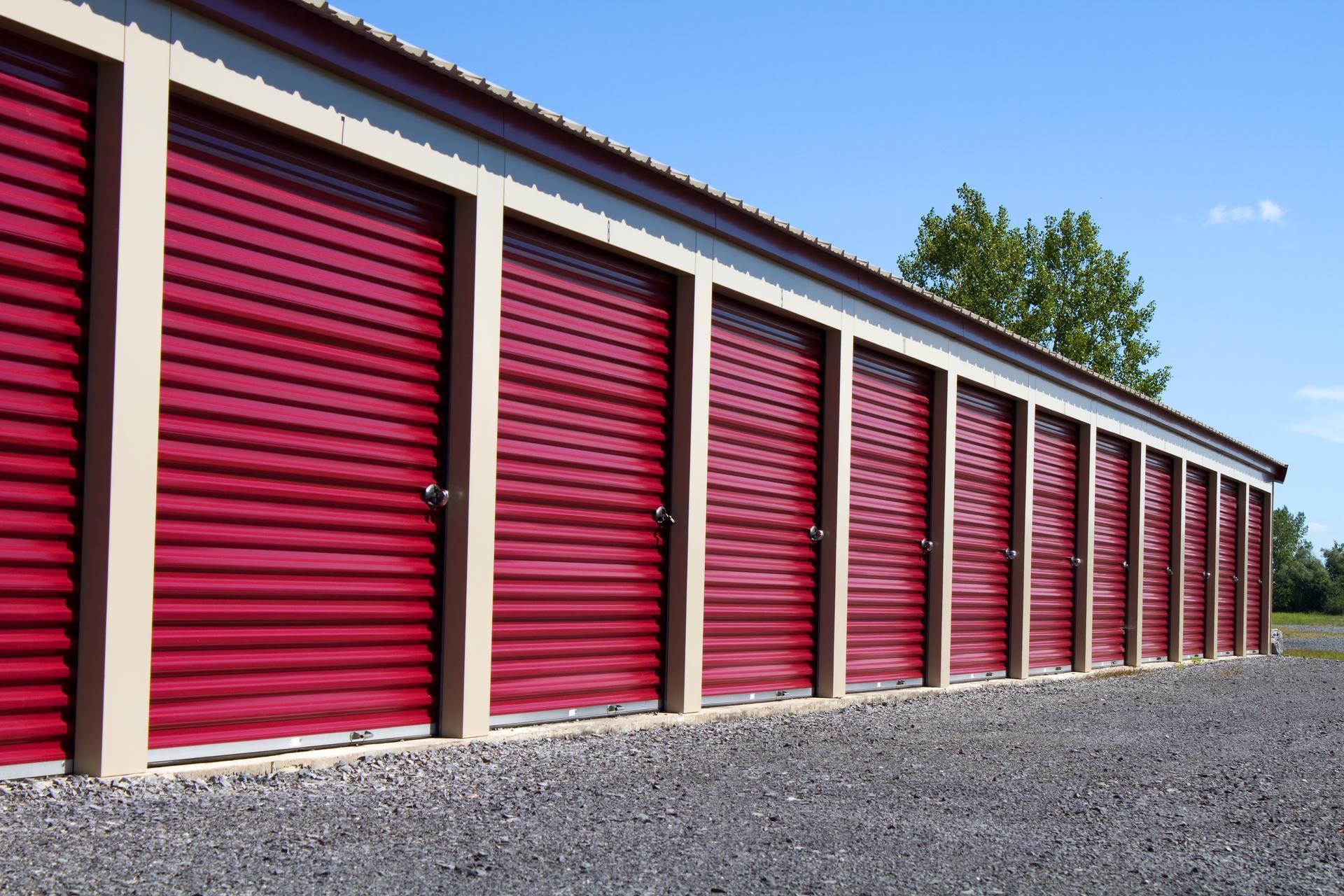SUTTERS FORT SELF STORAGE BLOG
FRAGILE, HEAVY, AND MORE: 4 TIPS FOR LABELING STORAGE ITEMS
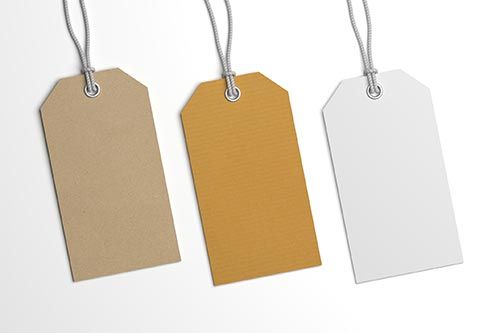
Storage is often an inevitable part of transitions. While you may love the convenience of a storage unit, you may also dread trying to find a single item during the term of your contract or sorting through your unit's contents.
Conscientious organization can ensure that your belongings are accessible no matter how long you keep them in storage. Start establishing strong unit organization by labeling your containers clearly according to these four guidelines.
1. CREATE A SYSTEM
The most important element of successful labeling is consistency. Before you pack up your first box, think about the types of labeling you'll need and the materials you'll use. For example, you may want to pick a color for each room in your home so the boxes are immediately recognizable. Then, you may need to decide if you'll use color-coded markers, tape, or construction paper to indicate which room each box belongs in.
As you design your own system, write down your decisions. The system may seem obvious as you create it, but it's easy to forget what a symbol or color means in the months between putting your items in storage and picking them back up.
2. INCLUDE INVENTORY LISTS
One of the most frustrating experiences you may have while storing your items is having to sift through multiple boxes to find a single important item. You can prevent some of this frustration by packing similar items in containers together, but you should also provide yourself with a list of what's in each box.
You can write a general inventory list on the outside of the box or include a detailed list on top of the box's contents so it's immediately visible when you open the container. Exterior labels work best when the box contains only one or two types of items. For example, writing "CDs and home movies" on the outside of a box may be sufficient. Otherwise, write up a specific list.
You may also want to create a master list for your own records so you know exactly which items are in storage. If possible, keep this master list in the same place as the key to your labeling system for your convenience later on.
3. LABEL THE TOPS AND SIDES
If you're working with lots of containers, labeling each of them thoroughly may seem tedious. However, it's important to give yourself a clear map that you can follow later when accessing your unit. Be sure to give each box labels on multiple surfaces.
Writing on top of the box may only be visible when you carry the container or set it on the floor. Labeling the sides in addition to the top allows you to see the information while the boxes are stacked up.
4. MARK SENSITIVE ITEMS CLEARLY
In addition to your general labels, be sure to indicate which containers require special care during transportation and storage. Mark any boxes that are particularly heavy. These containers should be stacked at the bottom of any pile and should be lifted carefully.
You may also need to mark fragile items and sensitive items. The label "fragile" will work for your glassware, knickknacks, and so on. But you may also need to use labels like "keep dry" or "store on shelf" for items that require specific placement in the unit. These items may include electronics, important documents, your home book library, or any valuables.
As you prepare to place your belongings in a self storage unit, take the steps listed above to ensure that you can easily navigate your unit and find specific items when you collect them from storage.


